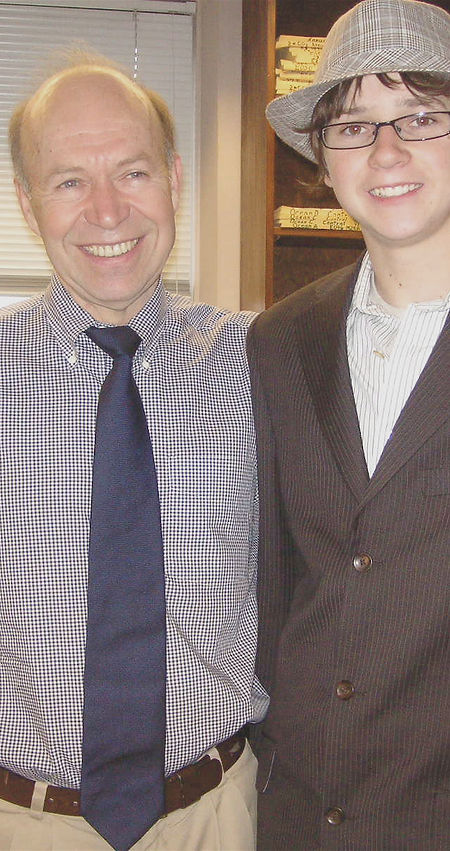by Pete Kalmus, iMatter Science Advisor
The science beneath our call for a Comprehensive Climate Recovery Plan is based on the work of top climate scientists led by Dr. James Hansen.
You can download Dr Hansen's report and his declaration below, but this is the gist of it:
Because CO2 emissions cause global warming, we must ramp down our use of fossil fuels. There is no shortcut.
If atmospheric CO2 levels can be brought back from today's 392 parts per million to 350 ppm (the 1990 level), the Earth's energy balance will be approximately restored. This assumes major reforestation and sustainable agriculture efforts would also take place. It also assumes that no runaway positive feedback will kick in.
The Earth is giving us clear signals that the present day global warming of 0.8ºC over preindustrial levels is too much. However we have so far taken no action to reduce our burning of fossil fuels. International meetings and protocols to address climate change have been farcical. We burn more every year.
Hansen's team recommends we act immediately by burning 6% less fossil fuels per year globally, updating our agricultural practices, and replacing forests. In this case, our planet's atmosphere will return to 350 ppm CO2 (the 1990 level, considered by Hansen to be the threshold to restore approximate planet-wide energy balance) by 2100, and warming will exceed 1ºC for three decades. However, If we wait until 2030 before taking this action, warming will exceed 1ºC until 2500. Roughly every 20 days we wait adds an extra year of unsafe climate.
"The Scientific Case for Avoiding Dangerous Climate Change to Protect Young People and Nature"
by Dr James Hansen and 11 top climate scientists

The Science

Resources
"This inertia causes climate to appear to respond slowly to this human-made forcing, but further long-lasting responses may be locked in. We use Earth’s measured energy imbalance and paleoclimate data, along with simple, accurate representations of the global carbon cycle and temperature, to define emission reductions needed to stabilize climate and avoid potentially disastrous impacts on young people, future generations, and nature. We find that global CO2 emissions reduction of about 6%/year is needed, along with massive reforestation."
Dr James Hansen et al, "Scientific Case for Avoiding Dangerous Climate Change to Protect Young People."
What it Will Take to Save Us
What does "unsafe climate" mean? A longer period of hotter climate makes it more likely that planet-wide feedback mechanisms (such as the melting of reflective continental and ocean ice sheets, and the release of frozen methane) with the potential to suddenly push the climate over a "tipping point." A longer period of hotter climate will also cause more droughts, heat waves, crop failures, and other threats to human life.
It is difficult to predict exactly how further warming will affect ecological and human systems such as the food and water supplies in the coming decades. But it is certain that future warming depends on what we do, or fail to do. Waiting another decade to take action and hoping to "get lucky" would be like playing Russian roulette with the Earth.
